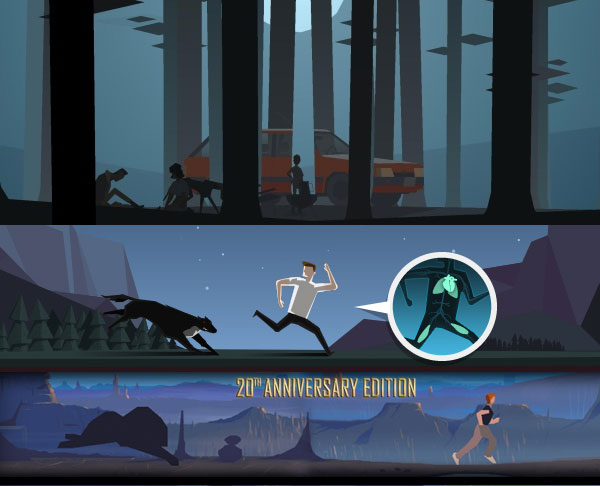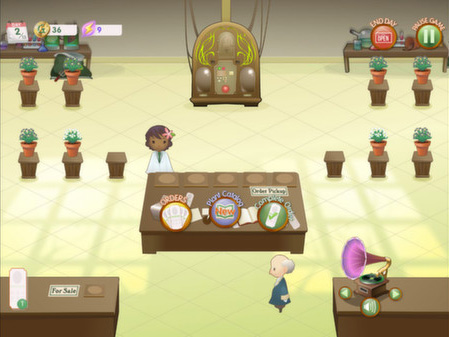
Code Fred: Survival Mode is a free to play browser game developed by Helpful Strangers and Unit9 for Museum of Science and Industry in Chicago.
What does it teach?
It provides a brief but wide-ranging introduction to human physiology.
What do you do?
You play 12 mini games that intersperse the narrative frame of a boy being hunted by a wolf through a forest. Each mini game illustrates a body process that aids survival, either via avoiding danger or via recovery from trauma or disease. The mini games deals with:
- Adrenaline
- Hemoglobin
- Heart rate
- Vasoconstriction
- Blood clots
- Nerve regeneration
- Bacteria & cilia
- Phagocytes
- Lymphocytes & antibodies
- Metabolism
- Digestion
- Blood sugar regulation
The games are very simplistic: schematic animations of a body process where you just have to click on the correct molecule/cell/organ at the right time, sometimes as quickly as possible. Still, they are not always very intuitive. Trial-and-error is occasionally required and might prove frustrating.
Do you learn anything?
If you know next to nothing about physiology you will certainly pick up a thing or two from a play through. I’m not sure it will stick though. Almost certainly, you would learn much more by browsing through an illustrated children’s book. I’d actually go as far as saying that the interactivity subtracts, rather than adds to the learning process. Whatever educational value the animations offer is probably lost due to the need to focus on the game mechanics. The animations would be easier to absorb and reflect on if you could just sit back, relax and watch.
The main reason for this is the lack of connection between the mechanics and the physiological processes they are applied to. Nor is there any connection between the mechanics and any process of learning. Consequently the mini games serve to irritate rather than to illuminate or even motivate. To succeed you don’t have to understand anything about the physiology and you most definitely won’t perform better by learning and understanding more. You’ll perform better with nimbler mousing and vision, that’s all.
Pros
Great presentation! The Kentucky Route Zero/Another World-like visuals are complemented perfectly by MindFunk Productions’ “organic, cinematic cowboy theme”. The desire to see more of the art and get back into the two bar guitar groove was actually what kept me playing to the end. I wasn’t motivated by a desire to learn more, neither was I coerced to learn more by a desire to play more. On the contrary, I thought the playing torturous and only endured it thanks to the art and the music.
Cons
This might have been acceptable if the minigames were educational, but they aren’t. They are just clickable animations that are made harder to watch … which you must do again and again until you’ve mastered an arbitrary and dull task.
Additional information
A short interview with one of the designers.
A long post mortem explaining the thought process behind the mechanics. Read it + play the game = cognitive dissonance.


